den9
TPF Noob!
going to mexico and i want to stock up on film, i really havent experimented or taken notes with films i been using but im going to be taking strictly landscapes, most sunrise and sunsets.
my question is, whats the biggest difference between 50, 100, and 100f.
i dont care about skintones, i want something vivid and something that wont fail under long exposure.
also for the airport, would i be able to bring my film through the regular metal detector? should i buy a special bag for xray?
my question is, whats the biggest difference between 50, 100, and 100f.
i dont care about skintones, i want something vivid and something that wont fail under long exposure.
also for the airport, would i be able to bring my film through the regular metal detector? should i buy a special bag for xray?


![[No title]](/data/xfmg/thumbnail/39/39476-6e232ea205145ad1a1da0690d7617642.jpg?1619739045)
![[No title]](/data/xfmg/thumbnail/31/31746-12607d714ca2713b95250821c881aea9.jpg?1619734987)
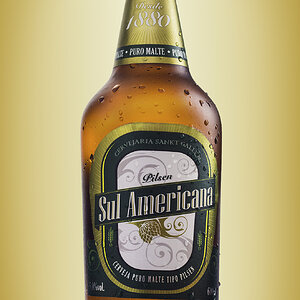
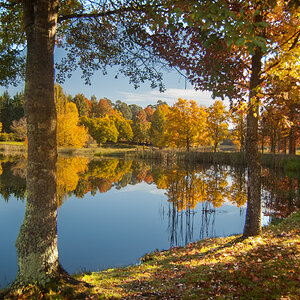
![[No title]](/data/xfmg/thumbnail/39/39479-b21bb968588fb225cd453013c6512c9a.jpg?1619739047)
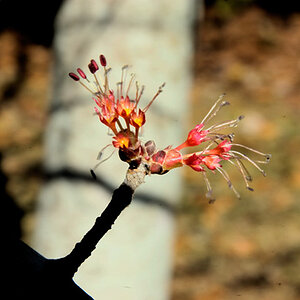
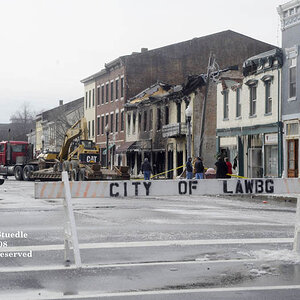
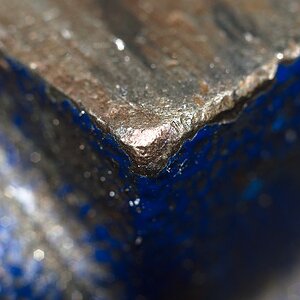
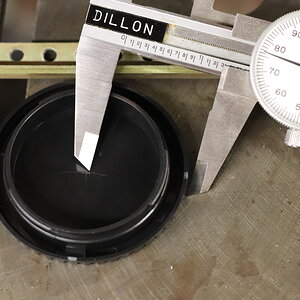
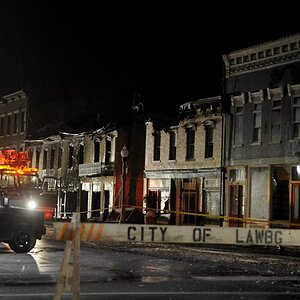
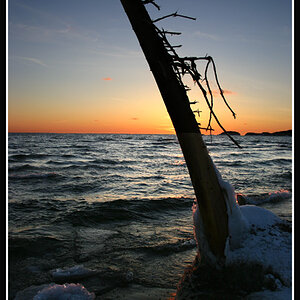
![[No title]](/data/xfmg/thumbnail/31/31747-2e2e2bda16938a6a1d5fd6120c558293.jpg?1619734987)